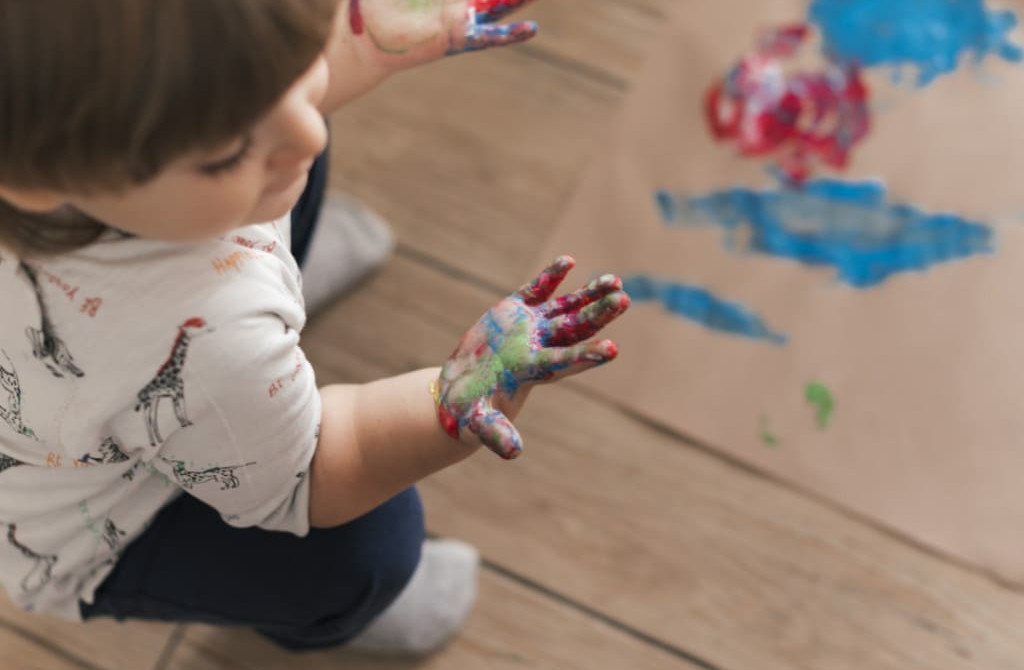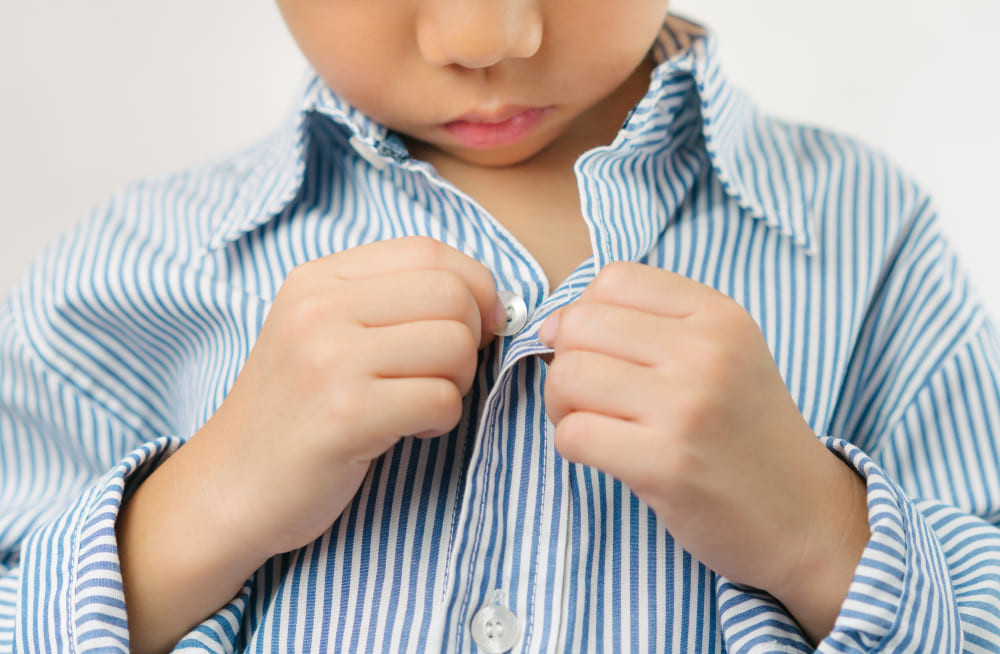Your toddler dips their hands in paint. They squeal with delight as they press their palms on to a piece of paper. They grab a paintbrush and smear colour all over the paper and themselves. Yes, it’s a sweet and special moment, but there is also a great deal of mess to clean up!
Developing motor skills
You might wonder what the value is in allowing your toddler, who can barely grasp a spoon, to paint and play with colours. However, the process of finger painting, drawing and wielding a paintbrush helps develop their fine motor skills. By allowing them to practice and explore, when they are out of toddlerhood and starting school they’d have developed dexterity and control, and should even be able to draw shapes and cut with scissors.
Expressing themselves
Nothing allows you to be inspired and express yourself like the arts do. Whether your child is reciting a poem or playing a piece of music – their creative juices are flowing. They will be thinking in a completely different way than when they do for math or a science experiment. This ability to express themselves and think creatively will help your child for the rest of their life!
Confidence building
Allowing your child to learn an art form – be it playing the violin or dancing Bharathanatyam – will help them build confidence. As they learn and grow and see themselves becoming more adept and improving day by day, they will develop better self-confidence. They’ll also learn to make decisions and solve problems in the process.
Teamwork
Singing in a choir, being part of a dance troupe or even putting up a play is filled with fun and camaraderie. But being part of a group like this will also teach your child to work with others, to own up to mistakes and to help their teammates when they slip up. They also learn to persevere and not give up! By interacting with others in these groups your little one will also learn social niceties and how to treat their peers with respect.
Growing up, most of us were asked to concentrate on math and the sciences in school, so that we’d have a successful future. But, now things are changing. Children are exposed to a lot more career options, everything from journalism and business to graphic design and sports management. So when they are allowed to practice the arts, their world is broadened and they develop mastery over a particular skill. This mastery helps them academically and emotionally, and they learn to follow their passion.


